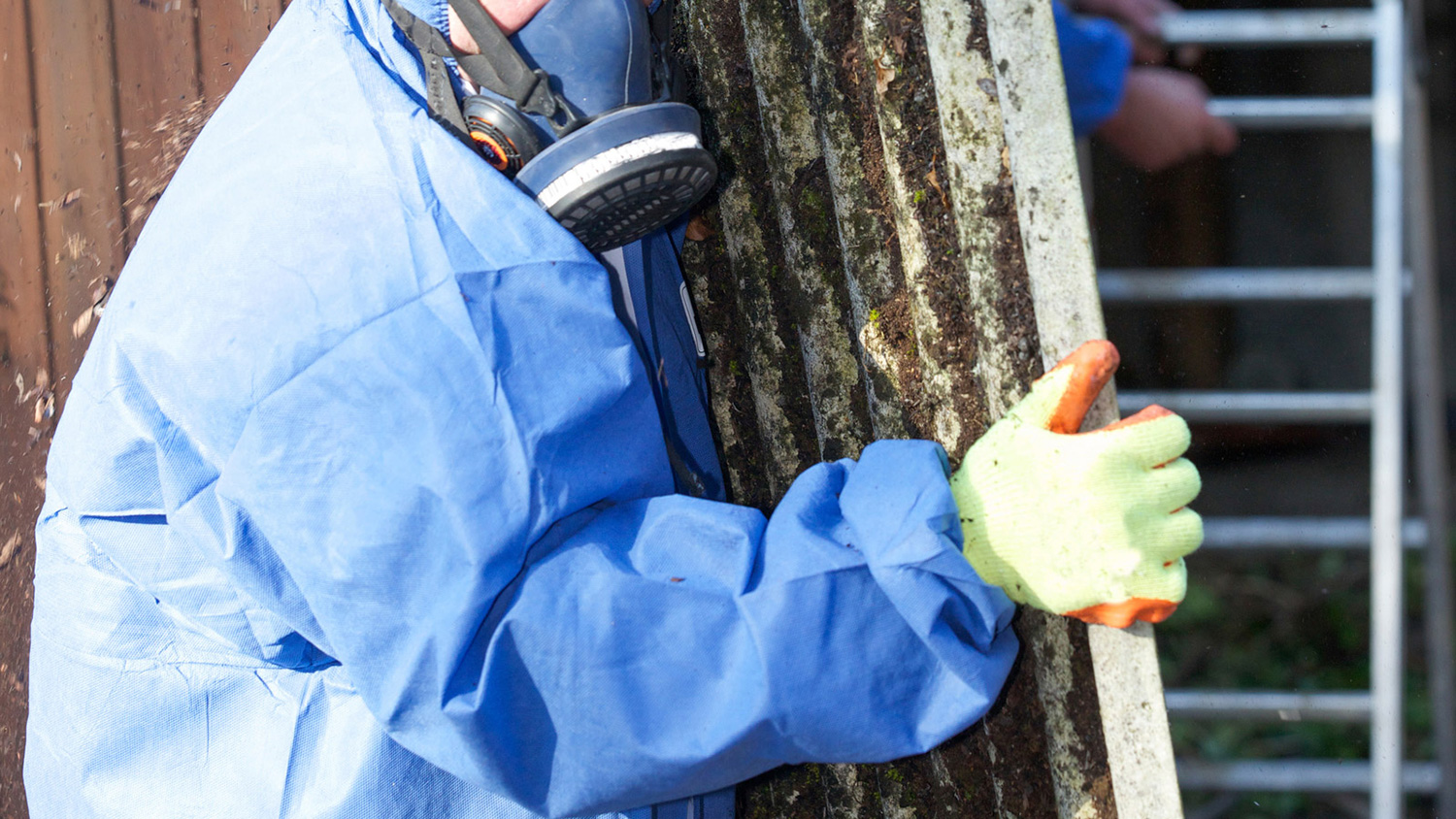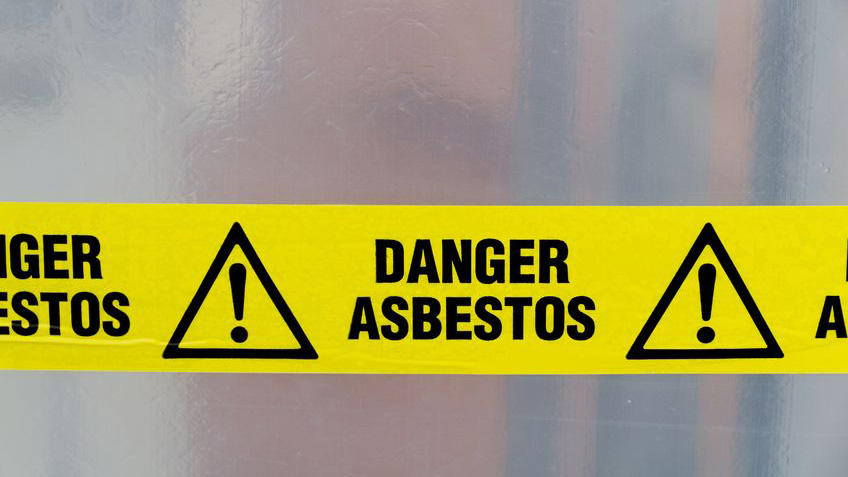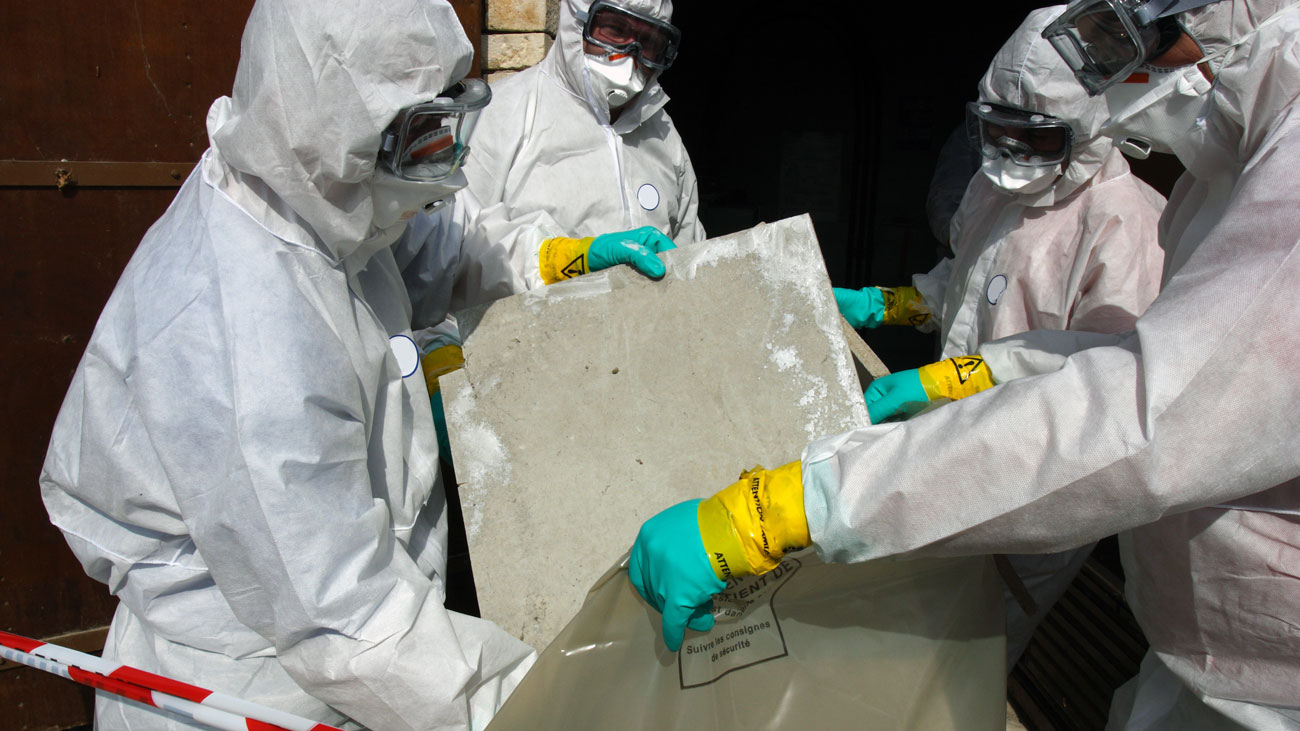
Asbestos in manufacturing: an ongoing challenge
Asbestos, once a staple material in various manufacturing processes due to its durability and fire-resistant properties, has become a significant health and safety concern in the UK.
Despite the importation, supply and use of asbestos being banned in the UK since 1999, it remains the largest single cause of work-related fatalities, with more than 5,000 deaths each year from diseases including mesothelioma, lung cancer and asbestosis. In fact, studies show that we should expect to continue seeing a rise in cases of asbestos-related diseases in the coming years.
The historical use of asbestos in the manufacturing sector, coupled with stringent regulations aimed at managing its risks, highlights the ongoing challenge of dealing with asbestos-containing materials (ACMs).
Historical use of asbestos in the UK manufacturing industry
In the UK, asbestos was extensively used in manufacturing up until the late 20th century. Common applications included:
- Construction materials: Asbestos was used in cement products, roofing sheets, and insulation materials.
- Automotive industry: Brake linings, clutch facings, and gaskets often contained asbestos for its heat-resistant properties.
- Textiles and fabrics: Asbestos fibres were woven into fireproof clothing and industrial textiles.
- Industrial equipment: Machinery and equipment, especially those exposed to high temperatures, utilised asbestos for insulation and fire protection.
Health risks associated with asbestos
Exposure to asbestos fibres is linked to several severe health conditions, including:
- Asbestosis: Long-term inflammation and scarring of the lungs.
- Mesothelioma: A cancer of the lining of the lungs or abdomen, strongly associated with asbestos exposure.
- Lung cancer: Increased risk of lung cancer, particularly among smokers exposed to asbestos.
- Pleural diseases: Conditions such as pleural plaques and pleural thickening that affect lung function.
UK regulations on asbestos
The UK has implemented comprehensive regulations to control and eventually eliminate the risks associated with asbestos:
- Control of Asbestos Regulations 2012: These regulations require duty holders to manage asbestos in non-domestic premises, conduct risk assessments, and implement measures to prevent exposure.
- Health and Safety Executive (HSE): The HSE provides guidelines and enforcement for asbestos management, including licensing for asbestos removal work and training requirements for workers.
- Asbestos Prohibition Regulations: These regulations banned the importation, supply, and use of asbestos-containing materials in the UK by 1999. Asbestos-related diseases can take up to 40 years to manifest themselves and therefore it will take a long stretch of time before the asbestos bans start bearing fruit. Past employees could revisit old employers with claims of asbestos exposure from many years ago.
- Construction (Design and Management) Regulations 2015 (CDM 2015): These regulations emphasise the responsibilities of those involved in construction projects to manage asbestos risks.
Irvine v. Serco Ltd
This case involved a former shipyard worker who developed mesothelioma due to asbestos exposure and sought compensation from his employer.
- Background: The claimant, Mr Irvine, worked at a shipyard where he was exposed to asbestos used in the construction and repair of ships. Serco Ltd was one of the companies operating at the site.
- Health impacts: Irvine was diagnosed with mesothelioma decades after his exposure to asbestos. His condition led to severe health deterioration and significant medical expenses.
- Legal actions: Irvine sued Serco Ltd for failing to provide a safe working environment and adequate protection from asbestos exposure. The case focused on the employer's duty of care and the foreseeability of harm from asbestos.
- Outcome: The court awarded substantial damages to Irvine, recognising the employer's negligence and the link between asbestos exposure and his illness. This case highlighted the enduring duty of employers to protect workers from known hazards.
Chubb Insurance vs employers’ liability policy
A case involving Chubb Insurance and employers' liability policy holders highlighted the complexity of insurance coverage for asbestos-related claims.
- Background: Employers’ liability insurance policies are intended to cover claims for work-related injuries and illnesses. However, the long latency period of asbestos-related diseases complicates coverage, as claims may arise decades after exposure.
- Legal actions: Chubb Insurance disputed liability for asbestos claims under policies issued many years prior. The case revolved around the interpretation of policy terms and the timing of exposure versus the occurrence of disease.
- Outcome: The courts ruled in favour of the claimants, affirming that insurance companies are liable for asbestos claims under the policies in force at the time of exposure. This ruling reinforced the protection for workers seeking compensation for long-term occupational diseases.
Managing asbestos in the manufacturing industry
Managing asbestos in the manufacturing industry involves several critical steps:
- Identification and surveying: Conducting thorough surveys to identify ACMs in manufacturing facilities. These surveys must be carried out by qualified professionals.
- Asbestos management plans (AMPs): Developing and maintaining an AMP that details the location and condition of ACMs, along with procedures for managing risks.
- Training and awareness: Providing comprehensive training for employees on the dangers of asbestos, safe handling practices, and emergency response procedures.
- Controlled removal and disposal: Engaging licensed asbestos removal contractors for the safe removal and disposal of ACMs, in accordance with HSE guidelines.
- Regular monitoring and maintenance: Conducting regular inspections and maintenance of any remaining ACMs to ensure they remain in good condition and do not pose a risk.
Best practices for asbestos management
To ensure effective management of asbestos, manufacturing companies should adhere to the following best practices:
- Risk assessments: Regularly conduct detailed risk assessments to identify potential asbestos hazards.
- Clear communication: Maintain clear and open communication with employees regarding asbestos risks and management procedures.
- Documentation: Keep detailed records of all asbestos-related activities, including surveys, risk assessments, training sessions, and removal operations.
- Compliance audits: Regularly audit compliance with asbestos regulations and management plans to ensure ongoing adherence and identify areas for improvement.
Conclusion
The legacy of asbestos in the UK manufacturing industry necessitates vigilant management to protect worker health and safety. While the use of asbestos has been banned, its presence in older buildings and machinery continues to pose risks. Through rigorous adherence to regulatory requirements, comprehensive training, and proactive management strategies, the manufacturing industry can effectively mitigate the dangers of asbestos, ensuring a safer working environment for all.
International Workplace’s free-to-download guide, Asbestos: the duty to manage, takes a look at some of the complexities of managing asbestos in the workplace.
Our Asbestos training course has been designed to help employees understand how to manage asbestos in the workplace and recognise the risks. The content of the training is stipulated in the L143 Approved Code of Practice for the Control of Asbestos Regulations (CAR) 2012. Find out more here.





